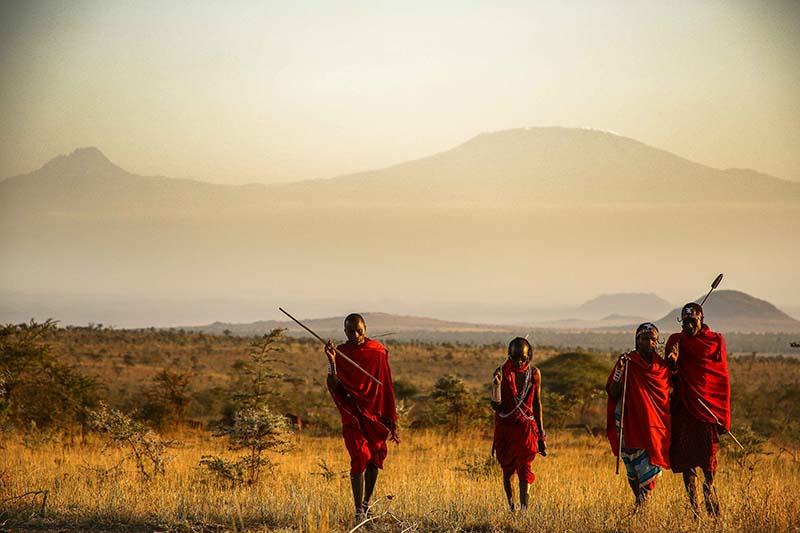
The Amboseli landscape is a sea of neutral hues – greens, browns, greys. Maybe a pop of color in a starling or a weaver, but otherwise an ecosystem where prey has evolved to hide from predators. Everything blends in.
The Maasai however, stand out. Amongst this neutral landscape is a vibrant human community, heavily adorned with beads and colorful garments of bold reds and blues. The people are as synonymous with the ecosystem today as the elephants and lions with whom they coexist.
The Maasai have lived in the ecosystem that Big Life works to protect for centuries. As their communities have grown, so have their interactions with wildlife. Their involvement in the conservation of the animals they live with is essential, which is why Big Life’s ethos has always been to support the local people, in very real and meaningful ways, so that the people will support conservation. Whether it is through employment, education, search and rescue assistance, or building crop-protection fencing, our mission is one that is shared: to protect nature for the benefit of all.
The vivid fabric they wear is called a shuka. Shukas come in a variety of patterns and colors, and are worn by men and women alike. While the history behind the cloth is a bit of a mystery, the shuka has become a cultural symbol unique to East Africa and the Maasai, and you’ll see them in most of our photos that feature community members.
If you’re interested in having a shuka for yourself, to wear or use as a blanket on these chillier fall days, we’ve made a limited number of them available on our online store. We sourced these from a shop near our headquarters in Kenya and you won’t find these available on your local high street. Even better, the proceeds will help to fund our operations in Kenya protecting wildlife and wild lands.
Thank you, as always, for your support.
Photo: Shaun Mousley
